The 1884 Morgan silver dollar’s value varies significantly based on mint mark, condition, and errors. The 1884-CC (Carson City) is most valuable due to low mintage, with uncirculated examples starting at $160 and high grades worth thousands. The 1884-S (San Francisco) averages $290 uncirculated, while 1884-O (New Orleans) is around $41. Philadelphia coins without mint marks are most common at $29 uncirculated. Key value factors include mint mark rarity, condition grade (Mint State coins command premiums), error varieties like the 1884-O/CC dual mint mark, and exceptional eye appeal. Collectors should authenticate high-value examples due to counterfeits.
The 1884 Morgan silver dollar represents one of the most fascinating years for collectors, primarily because of the dramatic value differences between mint locations. While a Philadelphia-minted example might only fetch thirty dollars in uncirculated condition, the Carson City version commands prices exceeding two hundred dollars for similar grades—and that’s just the beginning. Understanding these variations can mean the difference between a modest find and a significant addition to your collection.
Why the Carson City Mint Mark Commands Premium Prices
The 1884-CC Morgan dollar stands as the crown jewel of this year’s production, and the numbers explain why. Carson City struck just 1,136,000 pieces in 1884, making it the scarcest of the four mints operating that year. Compare this to Philadelphia’s massive 14,070,000 mintage, and the rarity becomes immediately apparent.
Heritage Auctions reported a Mint State 65 specimen selling for $850 in January 2023, while lower uncirculated grades (MS-60 to MS-63) consistently trade between $160 and $300 according to JM Bullion’s market data. The Carson City Mint operated only from 1870 to 1893, and collectors specifically pursue these coins for their historical connection to Nevada’s silver mining boom.
Higher grade examples push values significantly higher. Stack’s Bowers documented an MS-67 specimen reaching $12,000 at auction in 2022, demonstrating how condition dramatically impacts value for this particular mint mark. Grades above MS-65 become exponentially rarer because many Carson City coins entered circulation or were poorly stored in Treasury vaults before their eventual release.
San Francisco and New Orleans: The Middle Ground
The 1884-S from San Francisco presents an interesting value proposition at approximately $290 for uncirculated specimens. With a mintage of 3,200,000 coins, it falls between the common Philadelphia issue and the scarce Carson City production. Current market data from Greysheet shows MS-63 examples trading at $265, while MS-65 specimens jump to $1,200.
New Orleans produced 9,730,000 pieces in 1884, making it relatively common but still more desirable than Philadelphia coins. Uncirculated examples average $41, though this varies based on specific grade. An MS-63 typically sells for $48, while MS-65 examples reach $285 according to Bullion Shark’s February 2024 pricing data.
The “O” mint mark appears on the coin’s reverse, below the eagle and above the “D” in “DOLLAR.” Many collectors overlook this detail, sometimes confusing non-mint marked Philadelphia coins with New Orleans issues. Proper identification requires checking this specific location, as it directly impacts value by fifty to a hundred dollars in typical grades.
Philadelphia Strikes: Common but Not Worthless
Coins without a mint mark originated at the Philadelphia Mint, which produced the highest quantity at 14,070,000 pieces. These represent the most affordable entry point into 1884 Morgan dollar collecting, with uncirculated examples starting around $29. However, dismissing Philadelphia coins entirely would be a mistake.
Grade makes the crucial difference here. While an MS-60 Philadelphia dollar might trade for thirty dollars, an MS-65 specimen reaches $150 to $180 based on PCGS price guide data from March 2024. The real value appears at MS-66 and above, where prices jump to $450 for MS-66 and exceed $2,500 for MS-67 examples.
Circulated Philadelphia coins trade primarily for their silver content, typically ranging from $22 to $28 depending on current spot silver prices. A coin grading Good-4 contains 0.77344 troy ounces of pure silver, providing a baseline melt value that establishes the absolute minimum price regardless of condition.
Error Coins That Collectors Actively Seek
The 1884-O over CC variety represents the most significant error for this year. During production, New Orleans Mint workers used dies originally intended for Carson City that were later re-punched with the “O” mint mark. Close examination reveals traces of the “CC” beneath the “O,” particularly visible under magnification of the right curve of the second “C.”
Greysheet data shows these varieties selling for $350 in MS-60 condition, climbing to $2,800 for MS-65 specimens. Authentication is critical, as the subtle nature of this error has spawned numerous counterfeits. Professional grading services like PCGS and NGC specifically note this variety on their holders when authenticated.
Doubled die obverse errors exist for 1884 Philadelphia dollars, though they command modest premiums of $45 to $65 in circulated grades. These show doubling in Liberty’s eye, the cotton leaves, and certain letters in “LIBERTY.” Unlike the dramatic doubled dies of later years, 1884 examples show minor doubling requiring magnification to detect.
Struck-through errors occur when foreign material comes between the die and planchet during striking. An 1884-S specimen with a struck-through fiber error sold for $180 in AU-55 condition through Heritage Auctions in 2023, representing a sixty percent premium over a standard example in the same grade.
Grading Standards That Determine Your Coin’s Value
Understanding the Sheldon grading scale proves essential for accurate valuation. Mint State coins range from MS-60 to MS-70, with MS-60 showing no wear but potentially having significant contact marks or poor luster. MS-65 represents a much higher standard, displaying strong luster with only minor contact marks not visible without close inspection.
The jump from MS-64 to MS-65 typically doubles the value across all mint marks. For example, an 1884-S grading MS-64 averages $165, while MS-65 examples reach $1,200 according to Stack’s Bowers March 2024 data. This dramatic increase reflects the scarcity of truly gem-quality survivors.
Circulated grades begin at About Uncirculated (AU-50 through AU-58), where slight wear appears on the highest points but most mint luster remains. Fine (F-12) shows moderate wear with all major design elements clear, while Good (G-4) displays heavy wear but readable date and legends. For common-date 1884 dollars, circulated grades typically trade within a few dollars of silver melt value.
Eye appeal significantly affects prices within the same numeric grade. An MS-65 coin with exceptional original toning and outstanding luster can sell for twenty to thirty percent more than a technically similar piece with unattractive toning or weak strike. Professional grading services sometimes add designations like “star” or “plus” to recognize superior eye appeal.
Building Your Collection With Smart Purchases
Starting with a Philadelphia example provides affordable entry into the series. A solid MS-63 specimen for thirty-five to forty-five dollars offers good value, showing attractive eye appeal without the premium attached to higher grades. This allows budget-conscious collectors to own a genuine piece of 1884 history.
Adding an 1884-O represents the next logical step, with uncirculated examples available for forty to fifty-five dollars. The New Orleans Mint’s connection to Southern history and its distinctive “O” mint mark makes this a satisfying addition. Watch for examples with strong strikes and minimal bag marks for the best value in the forty-dollar range.
The San Francisco issue requires more investment at roughly three hundred dollars for standard uncirculated grades, but offers better scarcity than the first two options. Many collectors skip directly from Philadelphia to Carson City, making the 1884-S an overlooked opportunity. MS-63 specimens at $260 to $280 provide good value compared to the price jump at MS-64 and above.
Carson City represents the capstone acquisition, requiring careful planning with prices starting around one hundred sixty dollars for lower Mint State grades. Consider MS-62 or MS-63 examples in the two hundred to three hundred dollar range, as they provide the desirable “CC” mint mark without the exponential premiums attached to MS-65 and higher. Always purchase Carson City coins already certified by PCGS or NGC, as counterfeits proliferate in this series.
Authentication through professional grading services costs twenty-five to forty dollars per coin but provides essential verification and preservation. For any coin valued above one hundred dollars, professional grading pays for itself through increased buyer confidence and protection against counterfeits. The resale market strongly prefers certified coins, particularly for Carson City and San Francisco issues.
You may be interested:
- 1859 Indian Head Penny Coin Value Complete Errors List And No Mint Mark Worth Guide For Collectors
- 1911 V Nickel Coin Value Guide Complete Errors List And No Mint Mark Worth Today
- 1902 Dime Coin Value Complete Errors List With O S And No Mint Mark Worth Guide
- 1788 Quarter Coin Value Complete Guide Errors List And D S P Mint Mark Worth Revealed
- 1776 To 1976 Bicentennial Half Dollar Coin Value Complete Errors List And What Your D S And No Mint Mark Coins Are Actually Worth
- 1990 Penny Coin Value Errors List How D S And No Mint Mark Pennies Are Worth Thousands Of Dollars

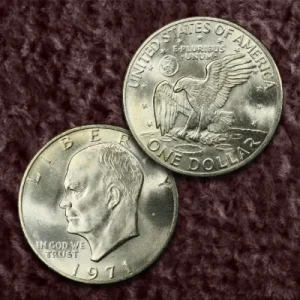
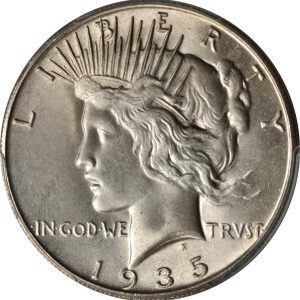
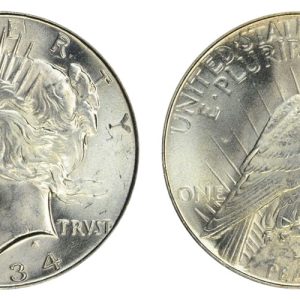
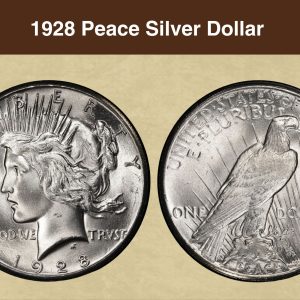
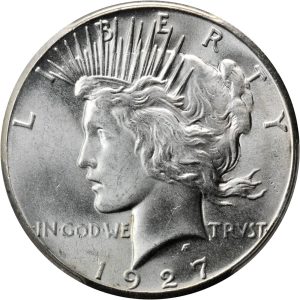
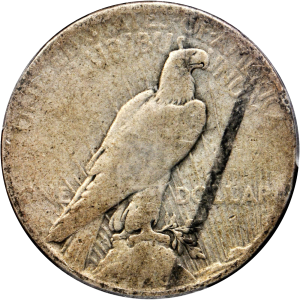
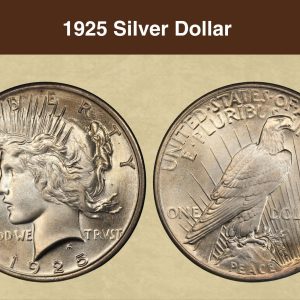
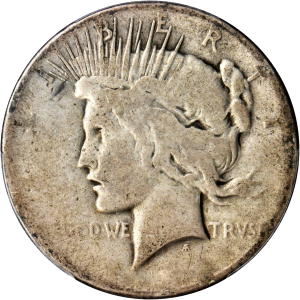
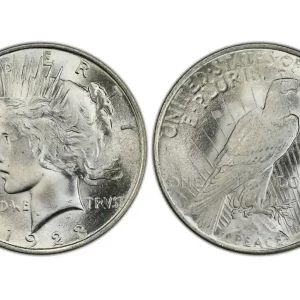
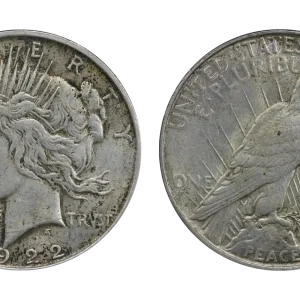
What makes a 1884 silver dollar rare?
The rarity of an 1884 silver dollar depends on its mintmark and condition ; coins from the Carson City (CC) and San Francisco (S) mints are generally rarer than those from Philadelphia or New Orleans, especially in high grades like “Mint State”. The 1884-CC is rare because of a low mintage, while the 1884-S is rare in high grades because most were put into circulation, and a significant portion of the remaining uncirculated coins were later melted down under the Pittman Act. Errors or specifi…
How much is an 1884 CC Morgan Silver Dollar worth?
An 1884-CC Morgan silver dollar’s value varies significantly based on its condition, ranging from about $115 to $275 for circulated examples to as high as $43,000 or more for rare, top-grade uncirculated coins. The specific grade is the most important factor, with common uncirculated grades like MS-64 typically worth a few hundred dollars, while high-end examples (like MS-67 or higher) can be worth many thousands.
Which CC Morgan dollar is most valuable?
The most valuable “CC” Morgan dollar is the 1889-CC, due to its extremely low survival rate in high grades, making it one of the rarest Morgan dollars overall. While other “CC” dates like the 1885-CC are rare, the 1889-CC is considered the king of Carson City coins, particularly in Mint State.
What is the O mint mark on a silver dollar?
Location: The “O” is on the reverse (back) of the coin, under the center of the wreath. History: The New Orleans Mint was the only Southern mint to strike Morgan silver dollars. It operated from 1838 to 1861, and then again from 1879 to 1909. Significance: Coins from this mint are considered significant because of the historical period in which they were produced, including during the Civil War and Reconstruction.